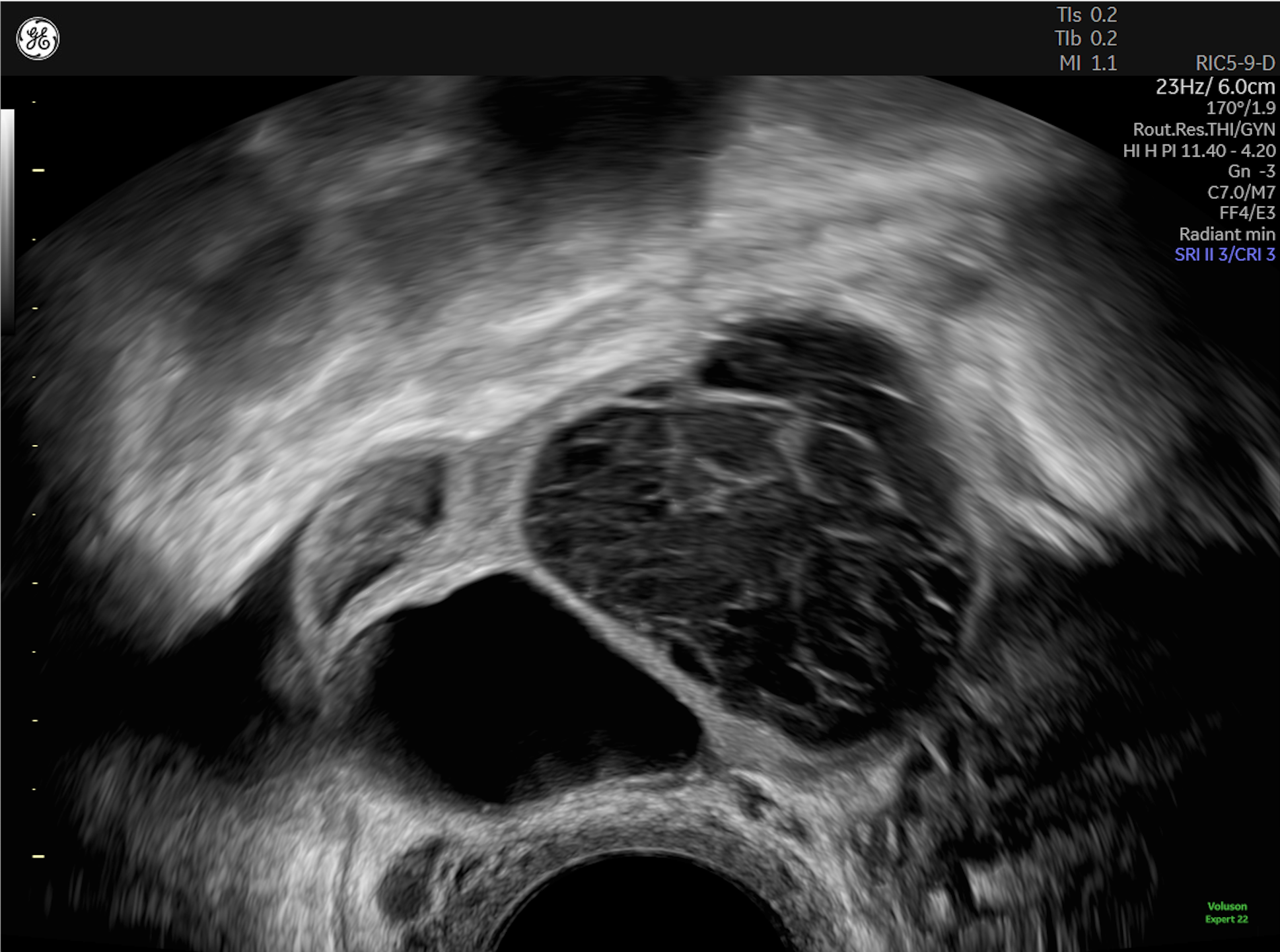The advent of in vitro fertilization has helped countless couples reach parenthood. However, a small subset of patients who pursue assisted reproduction face a very poor prognosis, defined by the Ethics Committee of the American Society for Reproductive Medicine (ASRM) as a live birth rate between 1 and 5 percent per cycle.
ASRM further describes "futile" IVF treatment as a single IVF cycle that yields a live birth rate below 1 percent. Decision-making in these cases is complex; the physical, emotional and financial toll of IVF may outweigh the possibility of a positive outcome. Notably, ASRM points out that most IVF practices discourage patients from pursuing IVF when their likelihood of success dips below 5 percent.
Still, individuals who have experienced repeated IVF failure may wish to continue to try. Fertility specialists should be aware of the facts, considerations and emerging research that can help them advise patients who seek a realistic path forward.
Defining a Poor Prognosis
The clinical definition of poor prognosis remained inconsistent until 2011, when the European Society of Human Reproduction and Embryology issued the Bologna criteria following a meeting in the Italian city of the same name. The organization's aim was to create standards to evaluate patients deemed "poor responders."
To meet the criteria, two out of three characteristics should be present:
- Anamnestic risk, factors including a maternal age of 40 years or older, signs of ovarian endometrioma on basal ultrasound, previous ovarian surgery or chemotherapy, genetic abnormalities or a shortened menstrual cycle

- Previous cycles with poor ovarian response (≤ 3 oocytes)
- Abnormal ovarian reserve (antral follicle count <5 or anti-Müllerian hormone <0.5 ng/ml)
This framework may inform individualized clinical counseling of patients as they navigate the risks and realities of proceeding with IVF.
Engaging in Thoughtful Dialogue
When approaching a conversation with a patient who has a poor prognosis, guidance from ASRM's Ethics Committee encourages a series of careful, clinically informed discussions that begin after an initial workup shows indicators of poor response to treatment. This dialogue then continues as the course of therapy advances and new information becomes available about the patient's condition.
ASRM guidance further urges fertility centers to develop evidence-based policies to educate patients with poor prognoses about the risks and costs of continued treatment. Beyond fully informing these individuals, clinicians may also wish to make referrals to clinics with a stronger record of positive outcomes with this patient population.
Understandably, patients with even the slimmest chance of a positive outcome may push to exhaust all medical options to achieve pregnancy. Some might believe their clinician is underestimating their chances. In such cases, the Ethics Committee notes that a center may be justified in proceeding with the patient's preferred treatment plan when the psychological or physiological benefit of continued treatment outweighs the risks.
Finding a Path Forward With a Poor Prognosis
Research published in Fertility and Sterility reports how advances in precision medicine today make parenthood possible where it was once considered futile. For example, clinicians are increasingly tailoring IVF with adjuvant therapies to improve outcomes in patients who historically had low odds of success.
A 2019 matched-group study published in Frontiers in Endocrinology found a 2.7-fold increase in live birth rates in poor-prognosis patients who were supplemented with recombinant growth hormone and then underwent frozen embryo transfers. The therapy, the authors note, is thought to improve oocyte quality and could aid in embryo implantation.
The paper builds on retrospective research conducted at Australia's PIVET Medical Centre over the past decade demonstrating a 6.2-fold higher chance of live birth following recombinant growth hormone adjuvant therapy. In cases cited in the literature, the center administered daily growth hormone injections to poor-prognosis patients for up to 6 weeks prior to fresh-cycle embryo transfers.
Considering All Avenues
Although multiple embryo transfer remains controversial, research published in Reproductive Biomedicine Online found that transferring more embryos during IVF may yield better outcomes for patients with poor prognoses. In the multicenter study, good IVF outcomes and live births increased by 28 percent in the study group for each additional embryo transferred.
Patients over 40 have alternatives as well; for instance, egg donation can prove highly successful and offer patients a chance to experience pregnancy and childbirth, ASRM notes. However, the ideal egg donor is typically in their 20s, with a history of successful pregnancy. As with other options, patients who choose egg donation may benefit from counseling to help them fully understand the ethical, psychological and legal issues surrounding this process.
Taking a sensitive approach with patients facing a poor prognosis can help give them a clear grasp of the risks and possibilities with their condition. Fortunately, several paths to parenthood remain open to them, and recent advances in medicine may provide better outcomes from IVF treatment than were once possible.




